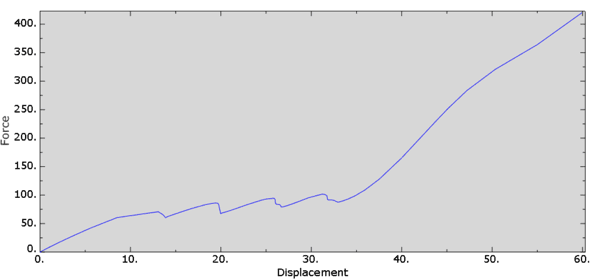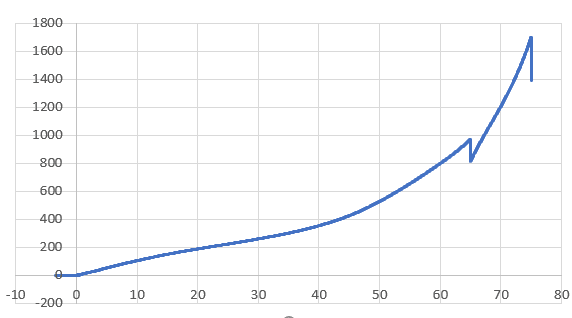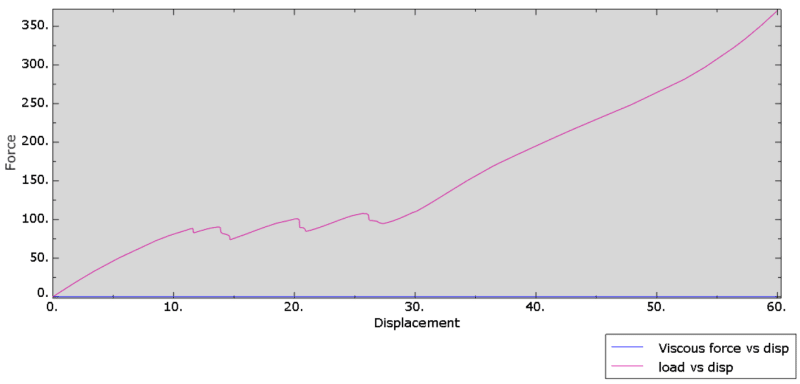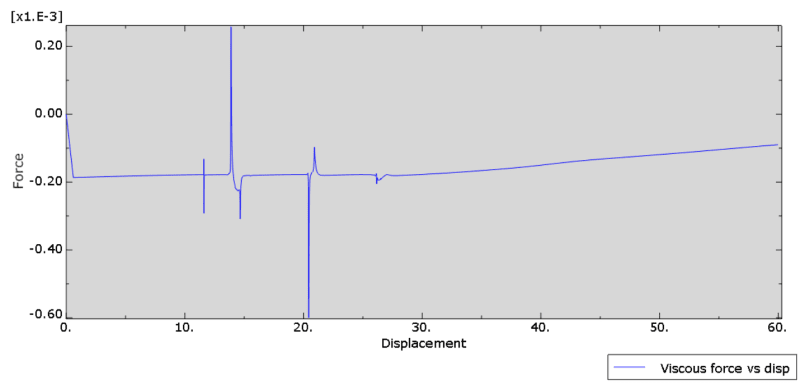VaidehiChennubhotla
Mechanical
Hi,
I have a dual layered structure. When a general ILD(Indentation force deflection) test is done on the part, a smooth FS curve is expected as per test data. But inorder to achive convergence, I have used control cards. Does that affect the FS curve?
*Step, name=Step-1, nlgeom=YES, unsymm=YES
*Static, stabilize=0.0008
What could be primary causes the FS curve to be wavy ? what can be done to remove this unwanted waviness, is there some control card in input deck which can prevent this wavy FS curve ? It is not the material card because the material card is a smooth curve similar to test data.



I have a dual layered structure. When a general ILD(Indentation force deflection) test is done on the part, a smooth FS curve is expected as per test data. But inorder to achive convergence, I have used control cards. Does that affect the FS curve?
*Step, name=Step-1, nlgeom=YES, unsymm=YES
*Static, stabilize=0.0008
What could be primary causes the FS curve to be wavy ? what can be done to remove this unwanted waviness, is there some control card in input deck which can prevent this wavy FS curve ? It is not the material card because the material card is a smooth curve similar to test data.





